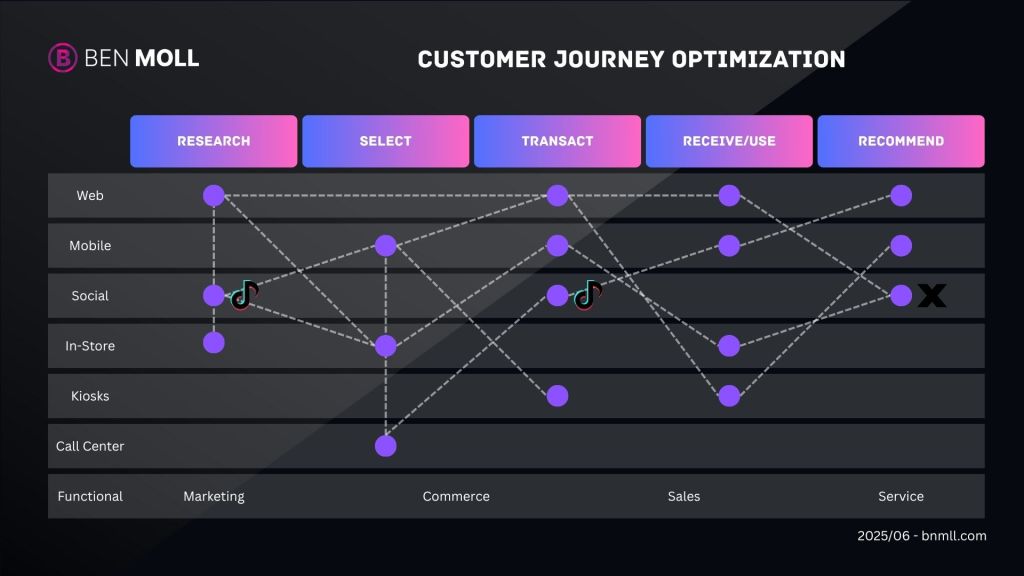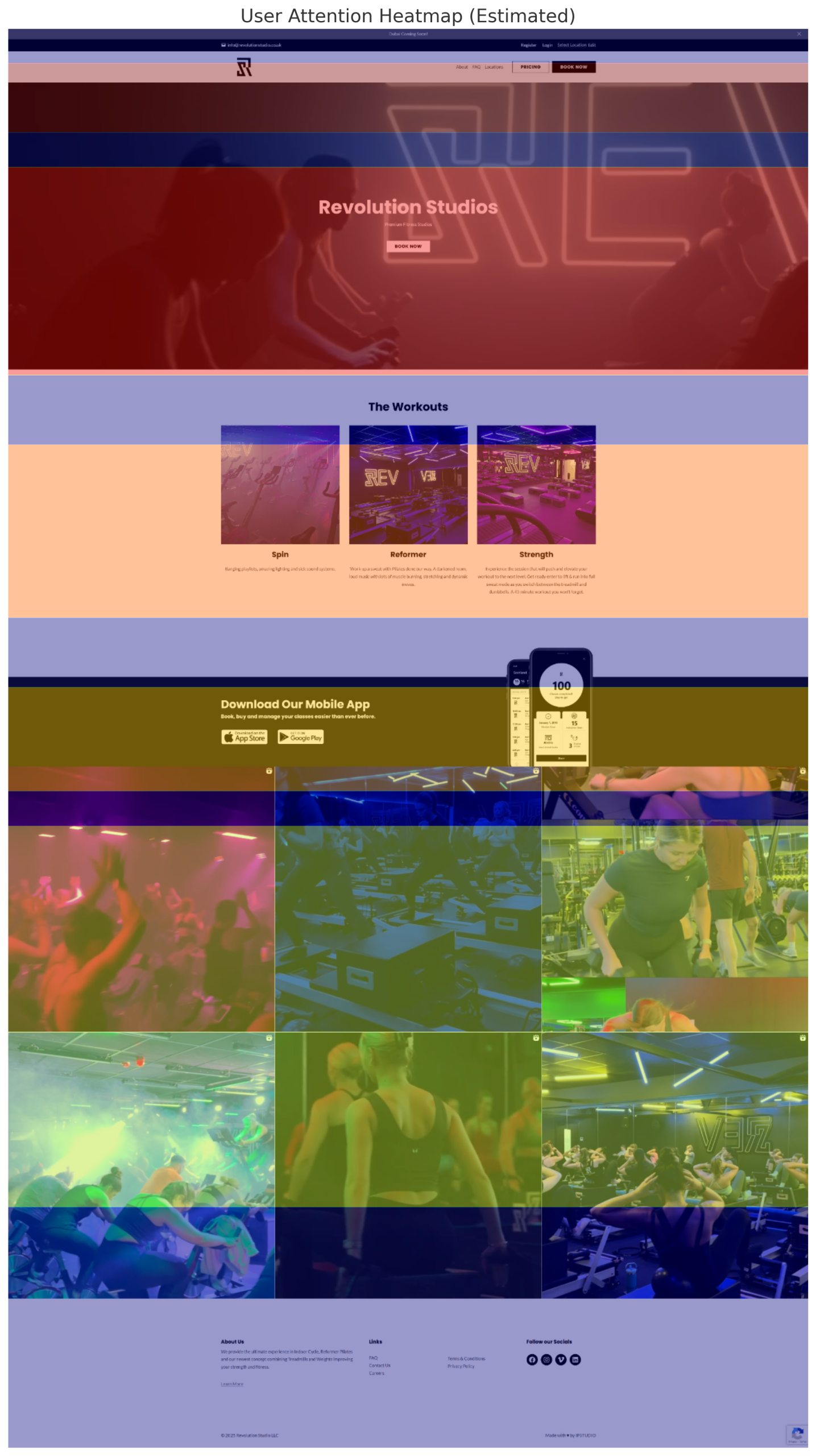In an era where consumer expectations are higher than ever, marketing leaders must harness advanced technologies to stay competitive. Predictive analytics, the practice of using data, statistical algorithms, and machine learning techniques to identify the likelihood of future outcomes, has transformed how brands approach the optimization of customer journeys. By anticipating customer needs and behaviors, organizations can tailor experiences to increase engagement, conversion rates, and lifetime value.
This article explores how integrating predictive analytics in marketing strategies empowers mid- to senior-level decision-makers to craft seamless, personalized customer journeys. We cover practical insights, data-backed strategies, and actionable analytics takeaways that can redefine how your brand connects with audiences at every touchpoint.

What Is Customer Journey Optimization and Why It Matters
Customer journey optimization involves mapping, analyzing, and improving every interaction a customer has with a brand, from discovery to post-purchase engagement. It prioritizes maximizing positive experiences while minimizing friction. When done well, it enhances customer satisfaction and drives measurable business growth.
Traditional customer journey mapping tools provide valuable visualizations but often lack real-time predictive insights. Integrating predictive analytics in marketing allows brands to move beyond historical data interpretation toward anticipating future behavior and optimizing accordingly.
- Predictive analytics models evaluate data signals such as browsing behavior, purchase history, and demographic profiles.
- They enable proactive personalization and timely outreach, improving conversion rates.
- Marketers can allocate budget efficiently by identifying high-value prospects early.

Leveraging Predictive Analytics in Marketing for Deeper Customer Insights
Predictive analytics unlocks new dimensions of data-driven marketing. Rather than analyzing static datasets, predictive models generate forward-looking insights that inform decisions at every marketing funnel stage.
By applying machine learning algorithms to CRM data, social media interactions, and transactional records, marketing teams can uncover:
- Which touchpoints are most likely to result in conversions
- Segments prone to churn or disengagement
- Optimal timing and channels for impactful campaigns
- Cross-selling and upselling potential among existing customers
Numerous data-driven marketing case studies demonstrate how predictive models delivered up to 30% uplift in campaign ROI.
Integrating Customer Journey Mapping Tools with Predictive Models
Combining customer journey mapping tools with predictive analytics creates a powerful synergy. Mapping tools create a visual framework for customer interactions, while predictive models inject dynamic data, enabling marketers to prioritize optimizations where they matter most.
Practical Steps to Integration
- Collect Multi-Channel Data: Aggregate behavioral, transactional, and demographic data.
- Develop Predictive Models: Use algorithms like regression, decision trees, or neural networks tailored to your customer base.
- Overlay Predictions on Journey Maps: Visualize predicted customer behavior at each touchpoint.
- Test and Iterate: Continuously refine models with fresh data and feedback.
This approach equips marketing teams with actionable analytics takeaways that drive precision in conversion optimization strategies.
UX Conversion Optimization Tips Driven by Predictive Analytics
Optimizing user experience (UX) for conversion involves removing obstacles and tailoring content to user intent. Predictive analytics provides insights into user segments’ preferences and behaviors that inform UX design adjustments.
- Personalize Landing Pages: Use predicted intent to dynamically display relevant products or offers.
- Optimize Call-to-Action (CTA) Placement: Identify where customers are most likely to act.
- Streamline Checkout Processes: Anticipate and eliminate points of friction based on churn predictions.
- Test Variations with A/B Experiments: Prioritize tests that predictive models suggest will have the greatest impact.
- Leverage Chatbots and Virtual Assistants: Deploy AI-powered tools that adapt in real-time to user needs.
Applying these UX conversion optimization tips supported by predictive data ensures your marketing ecosystem is agile and customer-centric.
Using predictive analytics in marketing automation, the SaaS provider scored leads based on trial behavior signals. Focused outreach to high-intent users improved conversions by 40%, accelerating revenue growth.
These stories highlight how data-driven approaches change the conversion landscape — often with measurable improvements in engagement and revenue.
Implementing Predictive Analytics: Challenges and Best Practices
While promising, adopting predictive analytics involves challenges. Data quality, model accuracy, and integration complexity may hinder progress.
- Ensure Clean, Consistent Data: Invest in data governance to avoid “garbage in, garbage out.”
- Build Cross-Functional Teams: Align marketing, data science, and IT for smooth implementation.
- Focus on Explainability: Transparent models increase trust among stakeholders.
- Start Small and Scale: Pilot predictive models in specific campaigns before wide rollout.
Following these best practices helps organizations maximize the value derived from predictive analytics in customer journey optimization.
The Future: Predictive Analytics and AI in Marketing
Looking ahead, the fusion of AI and predictive analytics heralds new frontiers for customer journey optimization. Technologies like natural language processing, real-time behavioral analysis, and augmented reality will enable hyper-personalized experiences on a vast scale.
Marketing leaders embracing these innovations can expect:
- More precise segmentation and micro-moments targeting
- Automated decision-making with human oversight
- Adaptive customer journeys that evolve with user context
- Improved ROI through continuous data-driven optimizations
Staying informed and agile ensures your marketing strategies leverage these advancements fully.

Conclusion: Top 5 Takeaways on Customer Journey Optimization with Predictive Analytics
- Integrating predictive analytics transforms customer journey mapping from static to dynamic, enabling proactive optimizations.
- Predictive insights help identify high-impact touchpoints and personalize experiences to drive conversions.
- Combining predictive models with UX conversion optimization tips anticipates and resolves friction effectively.
- Successful implementations require clean data, cross-team collaboration, and continuous iteration.
- Embracing AI advancements ensures marketing strategies remain forward-thinking and competitive.
Ready to elevate your customer journeys with predictive analytics? Request a consultation today to unlock data-driven success.






